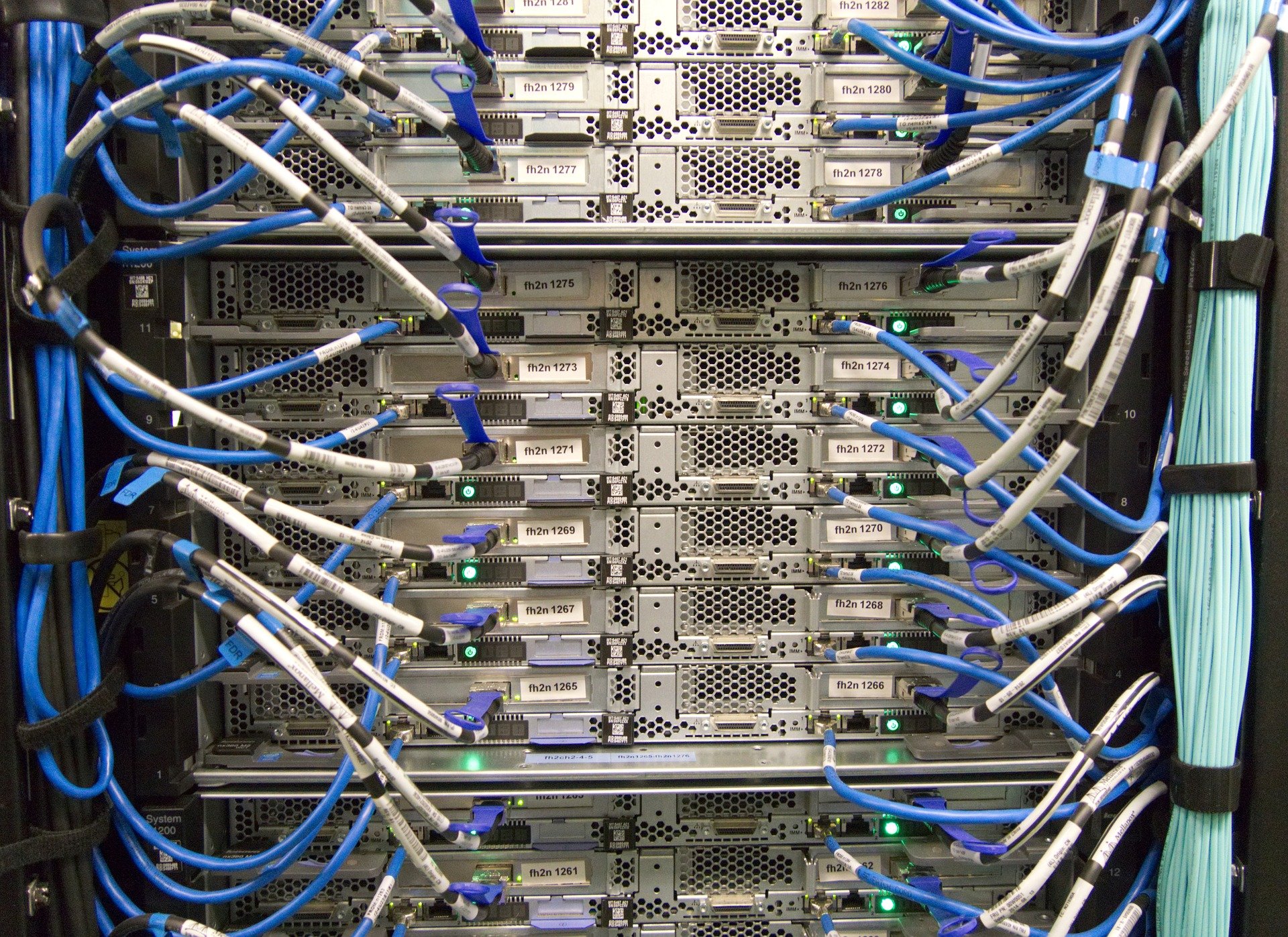The annual Gartner report known as the Hype Cycle is a visual representation of the life cycle of emerging technologies. Clients have used these reports since 1995 to understand how new IT industry developments will affect their business organization.
The Hype Cycle comprises five phases: Innovation Trigger, Peak of Inflated Expectations, Trough of Disillusionment, Slope of Enlightenment, and Plateau of Productivity. Manufacturers and developers need to understand where they are in the cycle to identify current both opportunities and upcoming challenges.

Hype Cycle Phases Defined
- Innovation Trigger: When a new technology first emerges, this phase is triggered.
- Peak of Inflated Expectations: As the end-user market begins to understand and utilize the new product or service, interest from investors and consumers is vital. However, that excitement peaks and then morphs into various forms of disappointment based upon price point, usability, or ability to integrate.
- Trough of Disillusionment: In this stage, early adopters may abandon the product if they feel they were misled as to the product’s capabilities and benefits. Forward thinkers continue to champion the product, looking for solutions. Very few new users jump on board at this point.
- Slope of Enlightenment: As expectations begin to align with real-world applications and both companies and end-users identify the benefits of using the product or service, potential customers start to consider adopting the technology.
- Plateau of Productivity: When the technology becomes mainstream and reaches peak market adoption/usage rates, its cycle stabilizes. Consumers have figured out the best use and have leveraged the product to the point of it becoming a utility, resulting in lower prices.
The Gartner Hype Cycle has provided essential insights into how technologies will develop. It provides decision-makers with vital information such as when to invest, when to adopt disruptive technologies and when to hold off.
2021 Hype Cycle for Emerging Technologies
Below are a few of the interesting trends from the report. To read the full report, click here.
- Nonfungible Tokens (NFT): Unique Digital Assets
NFTs are cryptocurrencies or digital assets with individual identities and value and their own applications within blockchain-based environments. NFTs may transfer their value between entities anywhere globally without the need for bank accounts or high transaction fees. Eventually, the market will adopt the technology as it can offer greater security than current physical assets with digital tokenization, with official ownership transfers integrating blockchain. - Quantum ML: Machine Learning at Scale
Machine learning (ML) is not new, but seeing results has always been challenging. This is because it tends to need large sample sizes to work correctly, necessitating a lot of data. However, if the company is small (or just getting started), the technology is difficult to exploit with real benefit. This is where Quantum ML becomes relevant. After nearly 70 years of machine learning, the recent development of quantum computers has enabled companies to finally begin thinking about using machine learning from an AI perspective. Essentially, Quantum ML allows for scalable machine-written programming and application building, improving accuracy at rapid speeds. - Generative AI: AI Code that Writes Itself
The rise of generative AI models is being utilized to develop content based on pre-existing information. This is a significant development for organizations seeking to scale their machine learning efforts by relying on generative AI rather than human effort. This provides numerous benefits, including lower project risk, less biased models, and sensor-less depth predictions. - Sovereign Cloud: Regulating the Cloud: Cloud computing continues to expand, but one of its biggest problems is non-standard data regulations across the globe. This can cause issues when companies have customers based in multiple places, as they need to follow each respective law. Otherwise, they could be prosecuted in another jurisdiction – often giving rise to hesitation to pursue business in those areas. Political tension and fears about data sovereignty and compliance with local rules are real concerns. However, a sovereign cloud resolves this issue, permitting countries to secure their digital and data sovereignty. This allows countries to write and enforce laws around data protection, intelligence gathering, residency requirements, and protectionism.
While Gartner’s Hype Cycle is helpful in many ways, it cannot predict which emerging technologies will make it – and those which will not. Still, it does help businesses to understand how these technologies are developing in the marketplace and determine their own adoption prospects.
Alliance IT is a Sarasota-based IT and managed services firm. We are here to answer any questions you may have about emerging technologies and their benefits for your organization.
